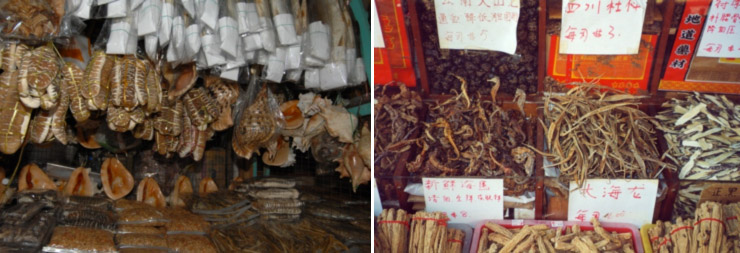Every year a staggering 150 million-plus seahorses are used in the Traditional Medicine Trade. This is just not sustainable. They could be extinct in the wild within the next 20 years unless we address the problems facing them. We can sort this problem out but time is fast running out.
Seahorses and other creatures (land and sea) are used for supposed cures for many ailments. However, scientific research shows there is no basis for any of the claims made in the Traditional Medicine Trade that seahorses can cure ailments.
The problem has grown in the last 20 to 25 years. The users of natural cures have become wealthier, so they no longer go to traditional markets and buy seahorses to take home and make their own medicines. These days, commercially prepared seahorse pills are sold to save time. These pills contain undersized seahorses that have not had a chance to grow to maturity and breed.
Unsustainable fishing
UNSUSTAINABLE FISHING PRACTICES ARE KILLING OUR OCEANS
90% of wild-caught male seahorses that were mature and pregnant. So it was not just one animal that died but hundreds of fry (babies) as well. Instead of holding the male seahorses in a sea pen and giving them a chance to give birth, these pregnant animals are taken, killed and sold. It is believed that pregnant male seahorses help with impotence. There are 65 to 85 countries participating in the Traditional Medicine Trade (TMT) and new countries are being added every year. In addition, when a country’s resources have been depleted, new countries are seeking to take their place. The death of a seahorse to be used in the TMT is not pleasant. It is caught from the sea and hung in the sun, where it desiccates as it wriggles until it dies. Once it is dead and dried it is sold by the indigenous fisher to a middleman. The fisher makes just a few cents whereas the middleman puts a big mark-up on the cost of the seahorse and makes a large profit. The seahorses are then sold to markets or factories for preparation into medicines.
The Aquarium Trade
SEAHORSES SHOULD BE AT THE START OF CHANGES IN THE AQUARIUM TRADE
Seahorses are not the only species used in the Traditional Medicine Trade. The list is endless but the result is the same – depletion and eradication of the natural world. The aquarium trade also needs to change certain policies. Every year 1 million wild-caught seahorses were being caught for the home aquarium trade, with very few surviving more than a few weeks. Slowly, through education, this number has dropped and now captive breeding is reducing this number by conservation through cultivation. Aside from being protected, these striking fish are the ultimate feeding challenge, requiring the finest water quality — which is proving to be a huge dilemma for aquariums. Flash photography can damage seahorses and lead to their death, so making sure they have the correct environment with little or no harassment is hard to achieve in busy tourist attractions.
The Curio Trade
PLEASE HELP US IN OUR CAMPAIGN TO END THE SEASIDE CURIO TRADE
The curio trade is still a major problem worldwide where in excess of 1 million seahorses are collected as mementos of seaside visits. It is not just seahorses that are sold as so-called environmentally-friendly products. Seashells, starfish, sponges and even highly-protected corals are still sold in seaside shops, often labelled as ‘from a sustainable source’. Nothing could be further from the truth. There is nothing sustainable about this exploitation of the seas. You can make a difference by not buying them. If there were no market, there would be no trade.



